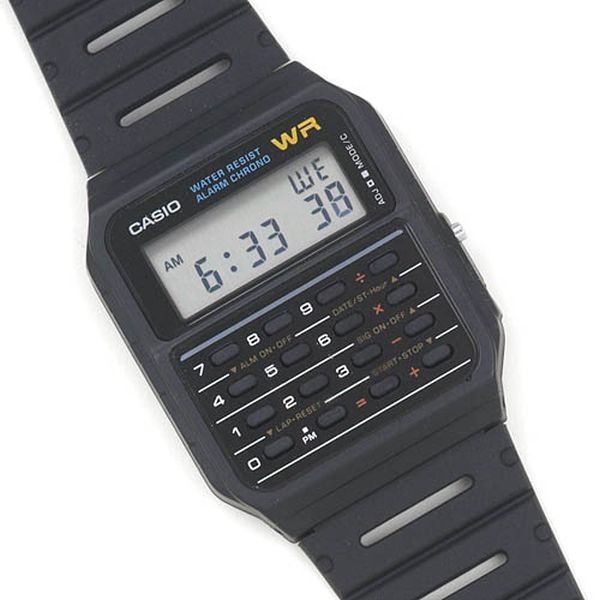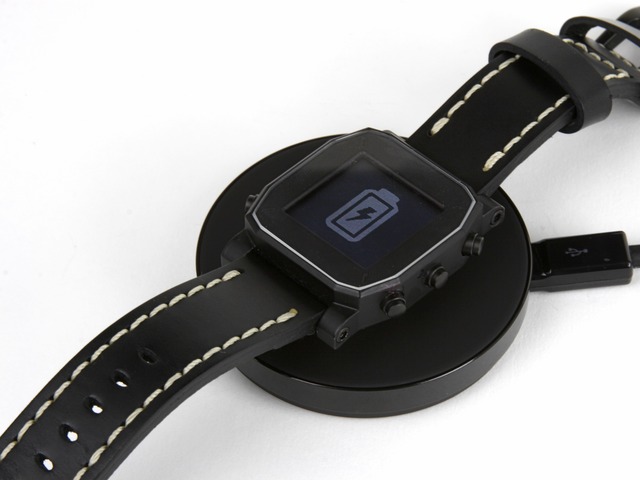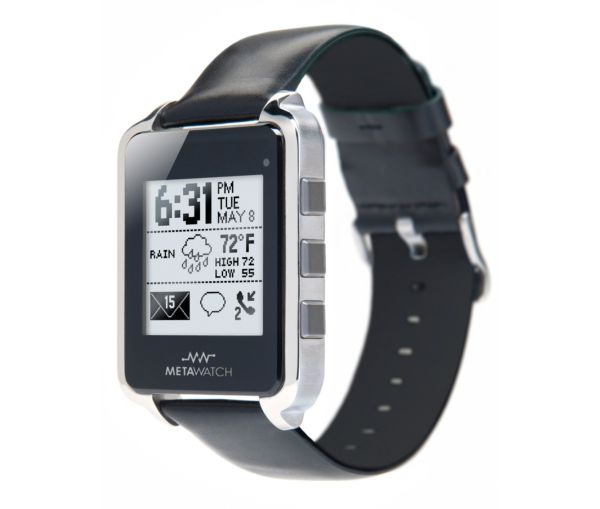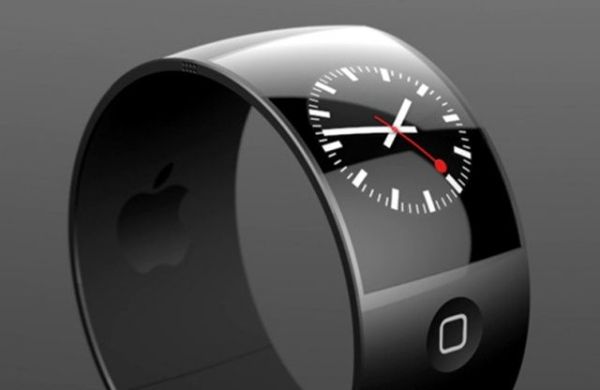
The Original Smart Watch?
They didn’t quite succeed because the Japanese realized that connectivity would also be in bitter battle with considerations like reliability and convenience. It wasn’t that watches were too small for more functionality, it was more about battery life. The Japanese eventually won their own war, but no one today seems to appreciate the result. In 1980, most watches were still mechanical. As is the case with a mechanical watch, you needed to wind most of them every other day, and you were lucky to get accuracy of 5-10 seconds a day. Yes, same applies to the mechanical watches us timepiece aficionados so dearly love.
In 1990 the average watch contained a quartz movement, needed a new battery each couple of years, and was accurate to about 15 seconds a month. Today you can get a quartz watch that is powered by light or movement, syncs to atomic clock radio or GPS signals, and will not need a battery change for the rest of your life… and will never need to be set. These watches are cheap too. The Japanese perfected the quartz watch as a gadget and people take them for granted. Probably because phones offer accurate time as well and you are going to charge them anyways. The phone didn’t kill the watch. The mobile phone simply made watches redundant for many urban people, though there are clear advantages to the wonderful simplicity of “set it and forget” Japanese quartz timepieces.
So what about extra information? The mobile phone was cool when it just made calls, but starting with SMS text messaging, people started to get increasingly hungry for connectivity features. That is where the watch really started to lose. There are sensor-laden watches that in addition to time and calendar data may offer the temperature, elevation, or weather data. But really not much more outside of modern Bluetooth enabled watches. Sure history is full of dead-ends like the Microsoft SPOT watch, but there is a good reason they died.

What people don’t always know how to articulate is that it isn’t enough for a device to offer functionality, it needs to do so in an easy to use manner, and it needs to do so well. When people complain that a product “sucks,” that is what they are saying. Consumers expect flawless reliability and logical operation. Apple as a company does so well because it streamlines computing into a logical set of curated steps. Apple didn’t invent anything new, it merely increased accessibly to functions most people didn’t know how to, or preferred not to use before.
The crop of smartwatches we have now, including products from large companies such as Sony, and smaller ones such as Pebble, suffer from being unreliable and frustrating. Do they work as advertised? Yes. Do they reliably connect to your phone and other devices while offering a logical user interface and always doing what you expect them to do? No. Their level of “suckiness” varies for sure, but none of them work all the time as needed.
You can’t blame these enterprising companies for trying. Each of them attempting to get their foot in the door to make consumers associate their name with “smartwatch.” They are also trying to figure out what it is that people who wear smartwatches want to do with them. God bless them for that, but nothing available as a modern connected smartwatch deserves the attention of the mainstream right now.
So When Will Quality Mainstream Smartwatches Be Available?
We live in a power hungry world and smartwatches are no different. You know how completely crappy the battery life is in your smartphone? Well imagine how awesomely terrible it would be if you shrank that battery to fit in something watch-sized. We are talking 1-2 hours of battery life max. All that WiFi, Bluetooth and 4G you love, drinks battery juice like it is addicted. You see, modern smartwatch makers are trying to cheat physics. They are promising power-intensive functionality in products that they claim sip power. You simply cannot produce a “connected” product and fulfil modern expectations while offering decent battery life based on existing battery technology. It is a fallacy and the more a product sips battery power, the less it can connect to outside devices.
As it stands, smartwatches try to game the system by piggybacking on the connection of a smartphone. They don’t have the power to connect to WiFi or a mobile phone signal, so they use Bluetooth as a platform to receive some of that connectivity from your phone. In fact, the best a smartwatch can offer these days is to be a second screen for a phone that can comfortably sit in your pocket. But they can’t even do that well. “Low power consuming” Bluetooth 4.0 for example, is about as reliable as the government of your favorite backward third-world country. Plus, Bluetooth requires that two devices “pair.” Re-establishing a pairing after two devices are too far apart from one another is frustrating at best. I have yet to work with two Bluetooth devices that seamlessly pair and re-pair all the time. Sadly, that is the best we can do.

The answer? Smartwatches which have the fuel to connect to the outside world all the time. We already have watches that can connect to GSM phone signals and WiFi. But they are either hideously ugly or have worthless battery life. What I am trying to say is that the success of wearable computers such as smartwatches is directly related to whatever we can muster up for next-generation battery technology. The answer isn’t flexible batteries you can wear like a strap. The answer is a totally new generation of battery technology. When you can have a battery that powers a smartphone that is constantly being used for a week, then we can talk. Until then we are just playing games.
Having said that, we need to play games, and we need to innovate. While one end of the technology industry researches how to come out with new batteries, other ends will produce products desperately waiting for those batteries to arrive. The first “good” smartwatches will simply be smartphone replacements. After that we will begin to see novel uses for wrist-worn wearable computers. With more power, pretty much all of the historical issues associated with smartwatch development will disappear. Save for one: aesthetic design.
I’d like to close this article by reminding you that people inherently have a desire to be fashionable. The watch industry I mostly work in has figured that out long ago. In fact, the luxury watch industry is perpetuated by the desire of individuals to appear more fashionable in some way or another. Fashion is subjective, but there are things people can agree on. And most people agree that the majority of smartwatches available today aren’t exactly sexy. I think part of that is because we don’t know how to make them sexy yet. But we will. It took the computer industry over 20 years before the first “good looking” computers came out.
So to all the smartwatch pundits out there who believe all this smartwatch talk is rubbish, all I have to say is that you are focused too much on the immediate. There is a clear interest from people to not only navigate toward wearable devices, but also to put items back on their wrist (for those who have taken them off). You are right that we aren’t quite there yet, but there is always next year or the year after. In fact, to answer the question posed in the title of this article. It is my opinion that we are 3-5 years away from a serious smartwatch contender that the mainstream public will want.

